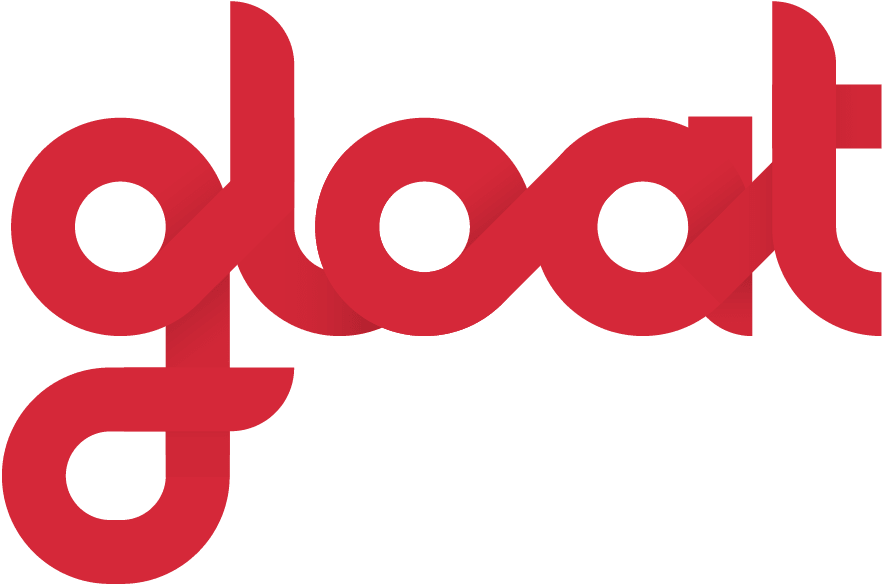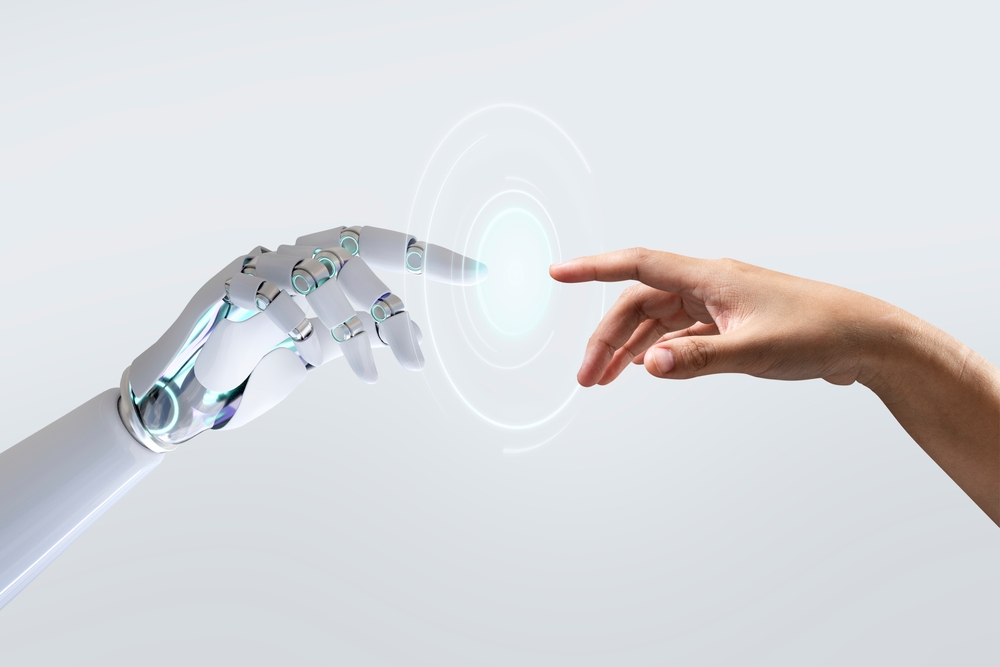AI Transformation in HR: The Future of Work
Find out how AI is reshaping core HR functions—and how to update your strategy accordingly

While the launch of ChatGPT in 2022 may have started our AI boom, it’s 2025 that will go down in history as the year these innovations became a core component of our working world. Leaders’ enthusiasm about AI couldn’t be higher; 92% of CEOs are heavily investing in it to increase revenue and more than 3 in 4 believe AI is drastically altering the business landscape.
Yet beneath this fervor, several obstacles prevent leaders capitalizing on AI’s potential. Many CEOs are looking to their HR teams to lay the foundation for future human-machine collaborations—but most seriously doubt their credibility. Only 7% of top business executives say their CHROs have the skills required to be AI-savvy in 2025.
As the masterminds behind every business transformation journey, HR leaders must possess an in-depth understanding of AI so they can embed these systems into the fabric of their organization’s daily workflows and ensure employees are prepared for the next wave of AI innovation.
Why AI is becoming central to HR operations
AI will profoundly impact all HR processes across the entire employee lifecycle. This includes HR operations, service delivery, recruiting, L&D, and talent management. By 2030, HR professionals are likely to rely heavily on AI for tasks such as candidate screening, employee onboarding, and talent management.
Leaders will also look to AI to identify emerging knowledge gaps and pinpoint transferable skills to determine how to redeploy and reallocate talent efficiently. Simultaneously, automation will streamline routine administrative tasks, allowing HR teams to focus on more strategic and human-centric aspects of their roles.
The impact of AI on HR decision-making
AI algorithms process and analyze vast amounts of HR data, in turn enabling HR leaders to make decisions based on these insights. AI models can forecast outcomes and trends to support workforce planning, talent acquisition, and performance management.
These data-driven insights represent a marked improvement from legacy HR tech. Prior to the proliferation of AI, most HR information was siloed amongst disparate systems, making it virtually impossible for leaders in the function to get a full picture of their peoples’ skills, emerging knowledge gaps, and future learning needs.
How AI is changing core HR functions
While every element of HR management will be touched by AI, the following functions are likely to be heavily impacted by these innovations:
#1. Onboarding
With two-thirds of companies now incorporating AI into onboarding, it’s safe to say AI is quickly becoming part of the standard operating procedure for getting new employees up to speed. AI can personalize onboarding processes by analyzing employees’ profiles to collect vital information about their skills and knowledge gaps and then creating tailored courses, training materials, and appropriate resources at the right time to guide new hires along their journeys. AI-powered chatbots can also help answer the most common onboarding questions without delay so that the information employees need is always within reach.
#2. Internal mobility
As the focus shifts from external hiring to internal mobility, leaders need new systems to help them align talent to open opportunities based on their skills and capacities, which is where a talent marketplace and skills intelligence system come into play.
Executives must gain an in-depth view of their existing workforces’ skills so they can make sure the right people are doing the right work at the right time. Talent marketplaces can generate suggestions for projects, gigs, mentorships, and full-time roles based on employee capabilities, while skills intelligence systems like Gloat’s Skills Foundation provide a bird’s-eye view of workforce skills and highlight transferable expertise.
#3. Learning and development
Legacy learning platforms are being replaced by AI-powered systems that let L&D leaders create targeted learning programs on the fly. Rather than overwhelming employees with a sea of content—and very few chances to put these lessons into practice—new AI systems curate content and experiential learning opportunities that align with employee skill needs and career ambitions. Leaders can develop their own bespoke training programs and encourage people to learn within the flow of their daily work.
#4. Performance management and feedback
While traditional review processes relied on manual tracking and subjective insights, AI offers a data-driven approach to understanding employee performance in real time. These systems can analyze a variety of performance metrics subjectively and identify employees who may be struggling or at risk of falling behind so that their managers can step in to provide additional support and guidance.
#5. Workforce planning and analytics
AI is revolutionizing workforce planning by enabling more accurate forecasting, automated workflows, and predictive insights, in turn improving decision-making and resource allocation. It also helps leaders identify skill gaps by showcasing all workforce capabilities and how they compare to benchmarks and industry standards, as well as identifying which skills are on the rise and on the decline.
#6. Talent acquisition and recruitment
The rise of AI is completely transforming how companies acquire talent. While external hiring was once the dominant way to fill new roles and tackle emerging opportunities, many leaders are now harnessing AI to make the most of the talent they already have. AI-powered systems like talent marketplaces enable executives to reallocate existing talent to high-priority opportunities, in turn enhancing productivity because these employees won’t need to go through the same lengthy onboarding process that external hires do.
That being said, external recruitment is still used sparingly to fill any lingering gaps. These talent acquisition processes can also be augmented by AI-powered automation, which can handle time-consuming tasks like resume screening, candidate sourcing, and interview scheduling.
Preparing HR teams for an AI-driven future
If you’re looking to prepare your HR team to use AI to your competitive advantage, consider the following best practices:
#1. Building digital and data literacy across HR
To leverage AI effectively and use it to make better talent management decisions, HR leaders must be able to understand, interpret, and utilize data effectively. Everyone working in the function should know how AI works, its limitations, and how it interprets outputs as well as how these outputs can be used to finetune existing strategies. The more data literate an HR function is, the more comfortable they will be using AI-driven insights to inform workforce planning and other core processes.
#2. Rethinking organizational design
As AI gains traction, HR leaders must reflect on the best way to structure teams and operating models. While rigid hierarchies may have worked well in the past, most businesses will benefit from taking a more dynamic approach to talent management in which employee resources are allocated to projects and open opportunities based primarily on skills.
HR should also consider which roles and responsibilities employees should oversee versus what can be handled by AI. Next-generation AI systems like Mosaic can break down work at the task level to help leaders see the skills required for each step and identify the right people and tech to execute effectively.
#3. Evolving from HR Managers to Workforce Architects
AI won’t just shift skill needs; it will also fundamentally change the role HR leaders play. Gone are the days when HR was an administrative function first and foremost; instead HR teams are now at the helm of architecting new ways of work that blend the best of AI and employee capabilities to create seamless human-machine collaborations. To thrive in this new role, HR must have an in-depth understanding of how AI works, their peoples’ skills, and the best way to combine these abilities.
#4. Engaging new generations for AI transformation
For the first time ever, all employees entering the workforce will be digital natives, or people who have grown up with technology. Despite their familiarity with it, there will still be skill gaps that differentiate employees with digital dexterity from those without it. That’s why it’s so important for HR and L&D leaders to devise targeted learning programs that will enable their multi-generational workforces to bridge these gaps.
Emerging HR roles for the AI era
While plenty of dramatic headlines warn readers that AI is coming for their jobs, the truth is that AI will also create an abundance of new roles as well. In fact, the World Economic Forum predicts that about 170 million new jobs will be created in this decade, in large part fueled by AI’s rise.
As AI becomes increasingly integrated into HR functions, new positions will emerge to support its implementation such as Gen AI Experts who understand how to get everyone on board with it, Heads of HR Innovation to lead AI efforts within HR, and Heads of HR AI to manage AI-related projects within HR.
Overcoming challenges in AI adoption
As organizations race to implement AI at scale, leaders must keep the following challenges on their radar:
#1. Uncertainty about AI implementation and usage
Employees are hungry for AI training. Data from Korn Kerry reveals that being trained specifically in AI skyrockets discretionary effort by 192%. Yet many members of the workforce—both employees and leaders—lack the skills needed to harness AI effectively.
To fuel successful human-AI collaborations at scale, executives must possess an in-depth understanding of how these systems work, their strengths, and the role they should play in work execution. Leaders should simultaneously develop learning pathways so employees can hone the skills needed to integrate AI into their daily workflows.
#2. Ensuring ethical AI use
While ethical AI usage can help make talent management decisions more equitable, companies run the risk of increasing bias in their HR processes when these systems aren’t implemented responsibly.
Fortunately, there are a few steps HR leaders can take to mitigate these concerns, including conducting bias and fairness assessments and prioritizing human-centric AI systems that emphasize factors such as equity, diversity, and the protection of individual privacy. The goal for any AI-powered tool should be to enhance—not replace—human decision making, in turn fostering collaboration between these technologies and human intelligence.
#3. Managing employee concerns about AI
As leaders’ enthusiasm for AI grows, employee sentiment may be trending in the opposite direction. 54% of workers are concerned about the blurred distinctions between work done by humans and technology and 49% fear that AI will reduce human-to-human collaboration. It’s up to HR leaders to develop reskilling and upskilling plans so employees in at-risk roles can use their transferable skills to move into higher-priority, future-ready jobs.
#4. Measuring ROI
Most leaders believe AI can help them cut costs, but few have the ROI numbers to prove it. The best way to begin evaluating AI’s cost effectiveness is by first defining clear, measurable objectives and using them to assess various AI use cases. Pinpoint a few KPIs that can be tracked continuously, such as cost savings, revenue impacts, customer satisfaction metrics, and engagement rates.
Want to learn more about how the next generation of AI-powered systems will transform core HR functions? Check out our Product Keynote from Gloat Live to learn how our new offerings like Mosaic will transform workforce planning, L&D, and more!





